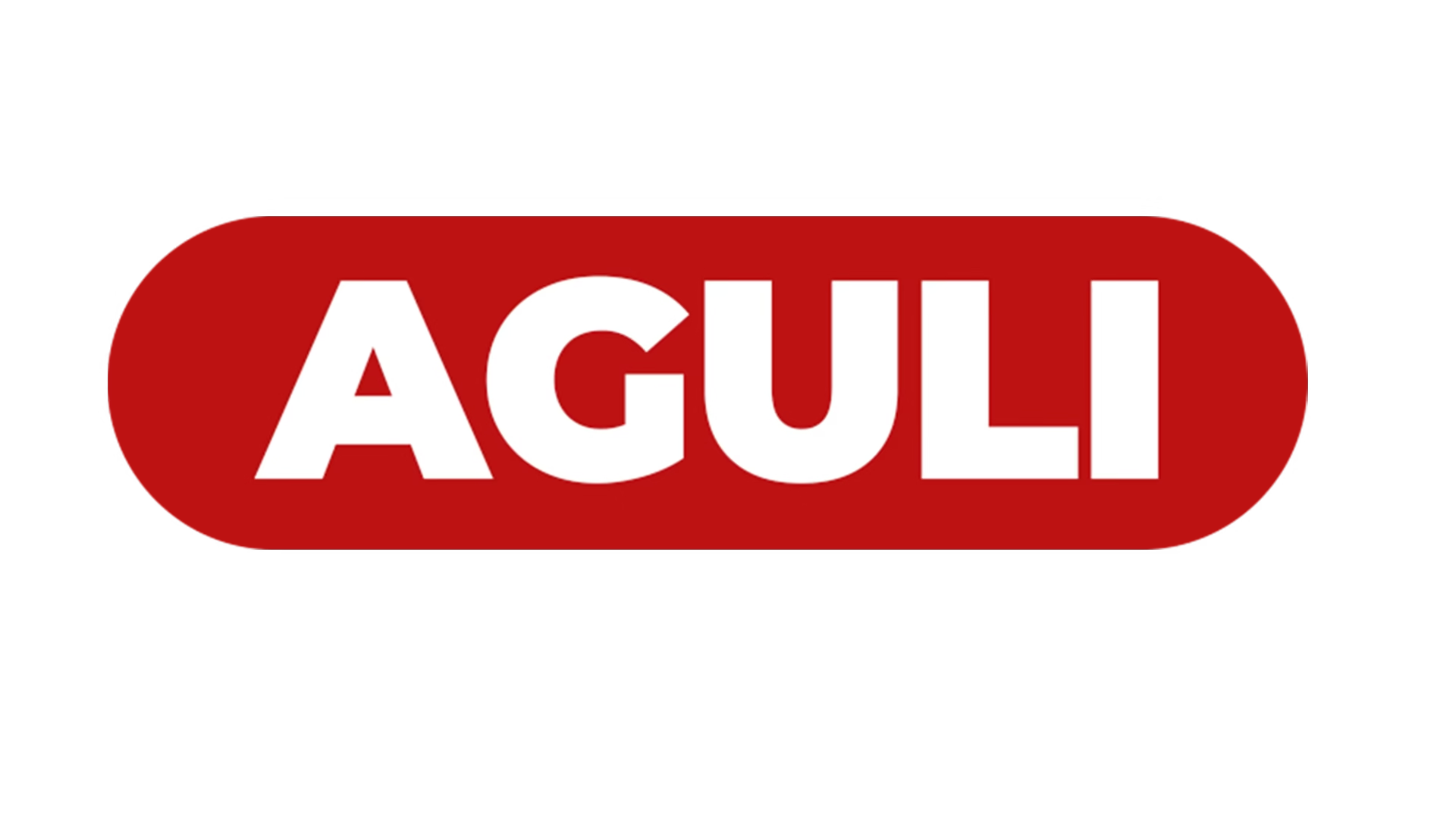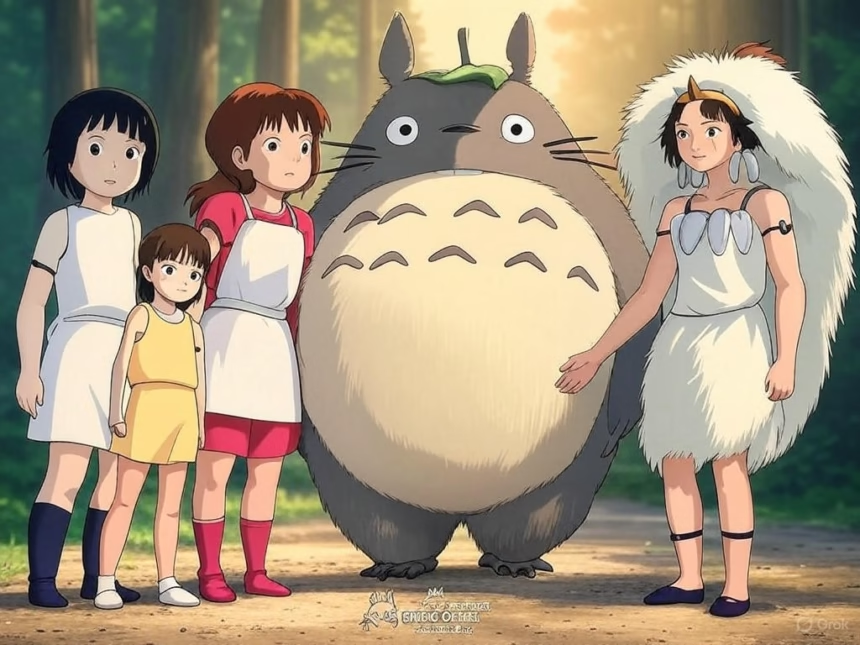April 19, 2025: Studio Ghibli, the iconic Japanese animation studio, continues to captivate audiences worldwide with its timeless storytelling and breathtaking visuals. Founded in 1985, the company has become a cultural cornerstone, blending whimsical narratives with profound themes. Let’s dive into the history of Studio Ghibli and explore the origins of its evocative name.
The Birth of Studio Ghibli
Studio Ghibli was established in Tokyo by visionary filmmakers Hayao Miyazaki, Isao Takahata, and producer Toshio Suzuki, following the success of Miyazaki’s Nausicaä of the Valley of the Wind (1984). The trio sought to create a studio that prioritized artistic integrity over commercial pressures, crafting animated films that resonated with both children and adults. Their mission was clear: to tell stories that celebrated nature, humanity, and imagination. The studio’s early years produced masterpieces like My Neighbor Totoro (1988) and Kiki’s Delivery Service (1989), which showcased Miyazaki’s signature style—vibrant worlds, strong female protagonists, and a deep reverence for the environment. Takahata, meanwhile, brought a grounded, emotional depth with films like Grave of the Fireflies (1988), a heartbreaking tale of war’s toll on two siblings.
The Name: A Nod to Freedom and Creativity
The name “Ghibli” is derived from the Arabic word for a hot desert wind, also used in Italian to describe a Libyan sirocco. Miyazaki, an aviation enthusiast, was inspired by the Caproni Ca.309 Ghibli, an Italian reconnaissance aircraft from World War II. The name symbolized the studio’s ambition to blow a fresh, invigorating breeze through the animation industry, shaking up conventions and inspiring new creative heights. It was a fitting choice for a company that would redefine animated storytelling.
Milestones and Global Impact
Over the decades, Studio Ghibli has released 22 feature films, earning critical acclaim and a devoted global fanbase. Spirited Away (2001), directed by Miyazaki, remains a landmark achievement, winning the Academy Award for Best Animated Feature and becoming one of the highest-grossing films in Japanese history. Other beloved titles, such as Princess Mononoke (1997) and Howl’s Moving Castle (2004), have cemented Ghibli’s reputation for blending fantasy with poignant social commentary.
The studio’s commitment to traditional hand-drawn animation, even as digital techniques became prevalent, has set it apart. Each frame is a work of art, reflecting Ghibli’s meticulous craftsmanship. Beyond films, the studio has expanded its legacy through the Ghibli Museum in Mitaka, Japan, opened in 2001, which offers fans an immersive experience into its creative process.
Challenges and Evolution
Studio Ghibli faced challenges, including Miyazaki’s temporary retirement announcements and the passing of Isao Takahata in 2018. In 2014, the studio paused feature film production to restructure, sparking concerns about its future. However, it roared back with The Boy and the Heron (2023), Miyazaki’s latest triumph, which won a second Oscar for the studio, proving its enduring relevance. Today, Studio Ghibli is exploring new ventures, including collaborations with streaming platforms like Netflix and HBO Max, making its catalog more accessible globally. The studio also partnered with Nippon Television in 2022 to ensure its financial stability while maintaining creative control.
A Timeless Legacy
Studio Ghibli’s name and history are synonymous with innovation and heart. From its evocative moniker to its unparalleled filmography, the studio continues to inspire filmmakers and enchant audiences. As it navigates the modern entertainment landscape, Ghibli remains a beacon of storytelling that transcends borders and generations, reminding us of the magic in everyday moments.
READ MORE: World Chagas Disease Day: Raising Awareness of a Silent Threat
AGULI STAFF DESK










